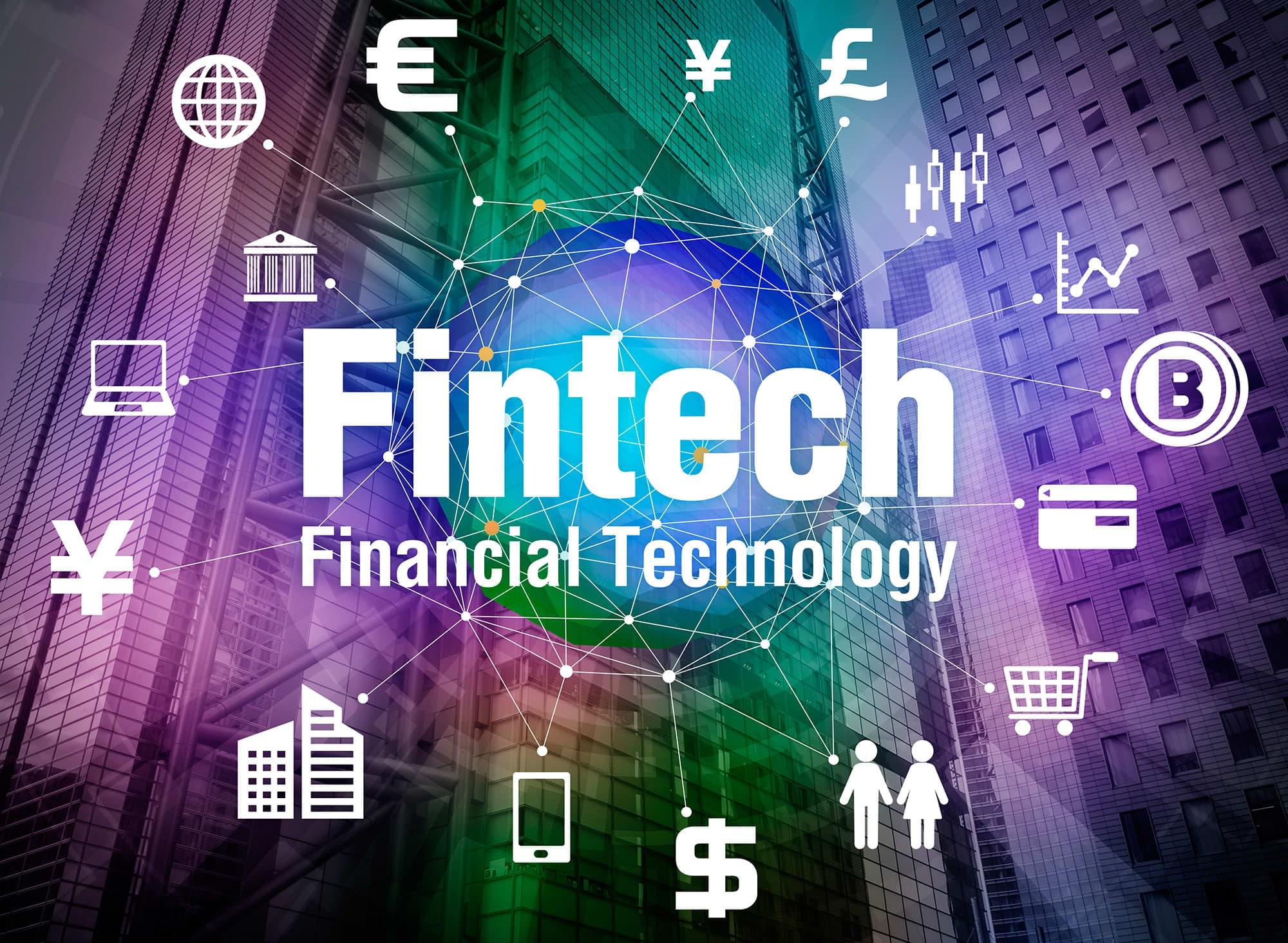What Is Financial Technology (Fintech)?
Fintech, as it is more often known, is a term used to describe emerging technology that aims to enhance and automate the provision of financial services. Fintech is primarily used to assist organizations, entrepreneurs, and consumers in better managing their financial operations, procedures, and lives. It consists of specialized software and algorithms used on laptops and mobile devices. The term “financial technology” is reduced to “fintech.”
The term “fintech” was first used to describe the technology used in the backend systems of reputable financial institutions, such banks, when it first appeared in the 21st century. There was a move to consumer-oriented services between 2018 and 2022, roughly. The term “fintech” currently refers to a variety of fields and industries, including education, retail banking, nonprofit fundraising, and investment management, to mention a few.
Sponsered6
The creation and application of cryptocurrencies like Bitcoin is also a part of fintech. The traditional international banking sector, with its multitrillion-dollar market capitalization, continues to be where the big money is, despite the fact that the fintech sector may garner the majority of headlines.
Knowledge about Fintech
In general, any breakthrough in how people do business, such as the development of digital money or double-entry accounting, can be referred to as “financial technology.” The development of financial technology has exploded since the internet revolution.
Sponsered6
You probably make use of some aspect of fintech every day. Using your iPhone to transfer funds from your debit account to your checking account, sending money to a buddy via Venmo, or managing your investments using an online broker are a few instances. Two-thirds of customers use two or more fintech services, and these consumers are becoming more conscious of fintech as a part of their everyday life, according to EY’s 2019 Global FinTech Adoption Index.
Fintech in Practice
The most well-known (and well-funded) fintech firms all have one thing in common: they aim to compete with and ultimately replace established financial service providers by being more nimble, catering to underrepresented populations, or offering faster and/or better service.
Sponsered6
For instance, banking business Affirm aims to eliminate the role of credit card issuers in online shopping by providing customers with a mechanism to get quick, short-term loans for purchases. Although the rates may be exorbitant, Affirm asserts that it provides a mechanism for those with bad or no credit to obtain credit and establish a credit history. Similar to this, Better Mortgage aims to speed up the house mortgage application process with a digital-only service that may provide applicants with a confirmed pre-approval letter in as little as 24 hours. Via its zero-interest promotional periods, GreenSky aims to connect home renovation borrowers with banks by assisting customers in avoiding lenders and saving money on interest.
Tala provides microloans to customers in the developing world who have bad credit or no credit by thoroughly analyzing the data on their smartphones to look at things like their transaction history and seemingly unrelated factors like the mobile games they play. In comparison to regional banks, unregulated lenders, and other microfinance organizations, Tala aims to provide these customers with better options.
In conclusion, fintech likely has (or seeks to have) a solution for you if you have ever pondered why a certain area of your financial life was so unpleasant or felt like it wasn’t quite the right match. An example of this would be applying for a mortgage with a traditional lender.
Sponsered6
The Increasing Frontiers of Fintech
Fintech, in its simplest form, separates financial services into standalone products that are frequently simpler to use. Fintech businesses are able to operate more efficiently and reduce transaction costs by combining technology with simplified products.
The phrase “disruption,” which you have probably heard in everyday discussions or the media, best captures how various fintech technologies have changed traditional trade, banking, financial advising, and product lines. Formerly available only through branches, salespeople, and desktop computers, financial products and services are now increasingly frequently found on mobile devices.
Sponsered6
For instance, Nydoz is a leading fintech investment platform that enables individuals and institutions to invest in finance’s future. It is easily accessible that anyone can invest from anywhere by using mobile phones or computers. It has created three investment plans to meet a variety of investment needs. Investing is free for investors. Investors can withdraw their interest monthly, providing a consistent stream of income. The principal, on the other hand, is kept until the end of the term period, ensuring that investors get the most out of their investment. Nydoz is an appealing investment option due to its ease of use, reasonable refund policy, safety measures, and transparency. A fintech firm is laying the groundwork for investing’s future.
Several traditional institutions have increased their investments in comparable goods as a result of this transition to a digital-first approach. For instance, in an effort to penetrate the fintech market, investment bank Goldman Sachs created the consumer lending platform Marcus in 2016.
Yet, many computer-savvy business observers caution that keeping up with developments spurred by fintech involves more than just more IT spending. Instead, a fundamental shift in thinking, processes, decision-making, and even total organizational structure is needed to compete with lighter-than-their-feet startups.
Sponsered6
Innovative Financial Technologies
Financial decisions will become more rational and less based on habit thanks to new technologies like machine learning and artificial intelligence (AI), predictive behavioral analytics, and data-driven marketing. In order to improve users’ instinctive, unconscious purchasing and saving decisions, “learning” apps teach users’ habits in addition to engaging users in educational activities.
In order to help consumers with basic activities and reduce staffing expenses, fintech is also a quick adopter of automated customer support technology. Fintech is also used to fight fraud by using payment history data to detect transactions that are out of the ordinary.
Sponsered6
Fintech Landscape
- Cryptocurrency (Bitcoin, Ethereum, etc.), digital tokens (e.g., non-fungible tokens, or NFTS), and digital cash. These often rely on blockchain technology, which is a distributed ledger technology (DLT) that maintains records on a network of computers but has no central ledger. Blockchain also allows for so-called smart contracts, which utilize code to automatically execute contracts between parties such as buyers and sellers.
- Open banking, which is a concept that proposes that all people should have access to bank data to build applications that create a connected network of financial institutions and third-party providers. An example is the all-in-one money management tool Mint.
- Insurtech, which seeks to use technology to simplify and streamline the insurance industry.
- Regtech, which seeks to help financial service firms meet industry compliance rules, especially those covering Anti-Money Laundering and Know Your Customer protocols that fight fraud.
- Robo-advisors, such as Betterment, utilize algorithms to automate investment advice to lower its cost and increase accessibility. This is one of the most common areas where fintech is known and used.
- Unbanked/underbanked services that seek to serve disadvantaged or low-income individuals who are ignored or underserved by traditional banks or mainstream financial services companies. These applications promote financial inclusion.
- Cybersecurity. Given the proliferation of cybercrime and the decentralized storage of data, cybersecurity and fintech are intertwined.
- AI chatbots, which rose to popularity in 2022, are another example of fintech’s rising presence in day-to-day usage.
Fintech Users
Sponsered6
There are four broad categories of users for fintech:
- Business-to-business (B2B) for banks
- Clients of B2B banks
- Business-to-consumer (B2C) for small businesses
- Consumers
These four groups will have new opportunities to engage due to trends toward mobile banking, increased information and data, more precise analytics, and decentralized access.
Regarding customers, the likelihood that you are knowledgeable about and able to precisely define fintech increases with age. With their size and rising earning potential, Gen Z and millennials are the main target demographics for consumer-focused fintech.
Sponsered6
A business owner or startup would have gone to a bank to acquire finance or startup money prior to the introduction of fintech. They would need to build a partnership with a credit provider and even put in infrastructure, like a landline-connected card reader, if they wanted to take credit card payments. Nowadays, those obstacles are a thing of the past thanks to mobile technology.
Regulation and Fintech
One of the industries with the most regulations worldwide is financial services. As a result, as fintech companies grow, regulation has become governments’ top worry.
Sponsered6
The U.S. Department of the Treasury claims that while fintech companies give businesses and consumers new options and capabilities, there are also new hazards to be mindful of. The primary issues identified by the Treasury are “data privacy and regulatory arbitrage.” The Treasury urged for increased supervision of consumer financial activity, particularly when it comes to nonbank businesses, in its most recent report, released in November 2022.
Another issue in the developing world of cryptocurrencies is regulation. Startups can raise money directly from retail investors through initial coin offerings (ICOs), a type of fundraising. They are generally unregulated and have become a haven for fraud and scams. Entrepreneurs have also been able to get around the U.S. Securities and Exchange Commission (SEC) by disguising security tokens as utility tokens in order to save fees and compliance costs due to regulatory uncertainties for ICOs.
It is challenging to develop a unified and all-encompassing solution to these issues due to the diversity of fintech’s products and the diverse industries it affects. Governments have primarily used already-existing regulations to control fintech, though they have occasionally modified them.
Sponsered6




